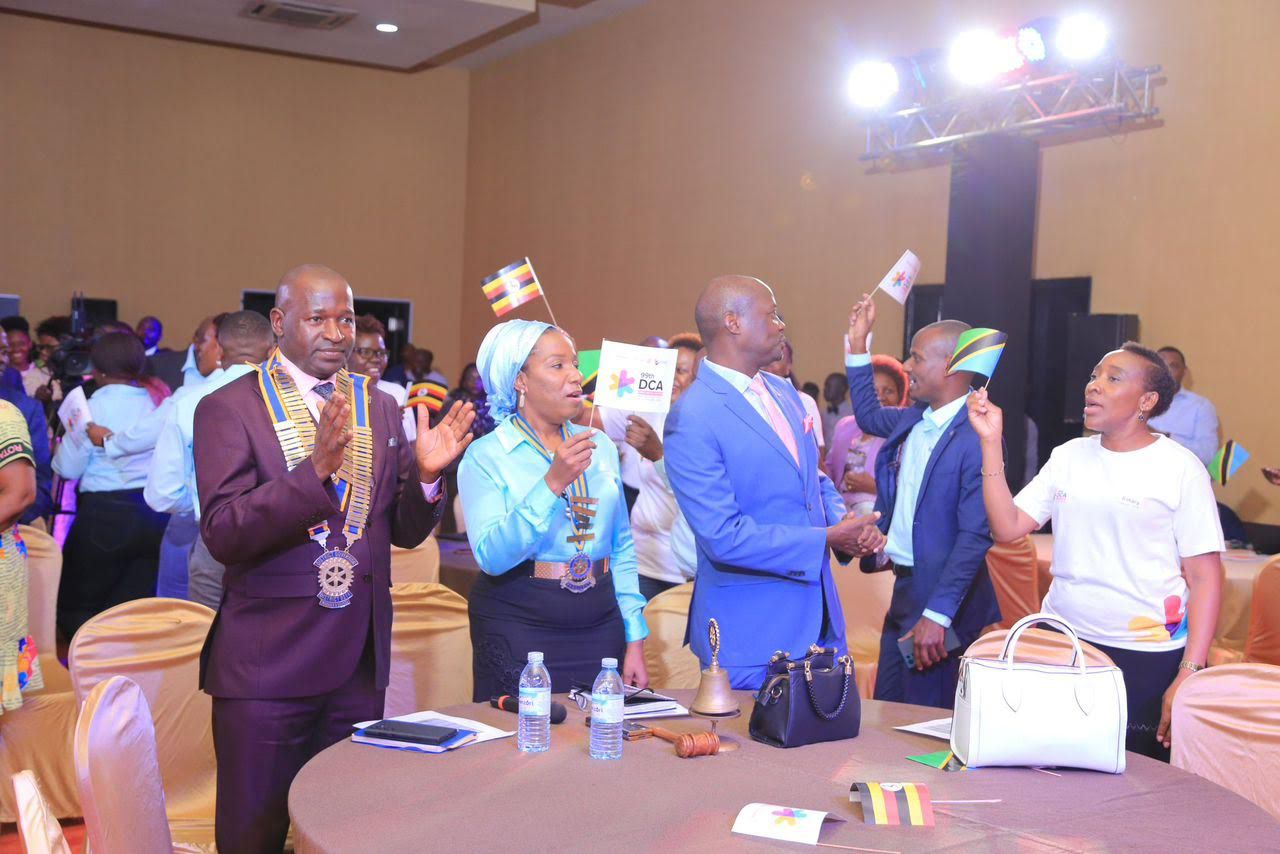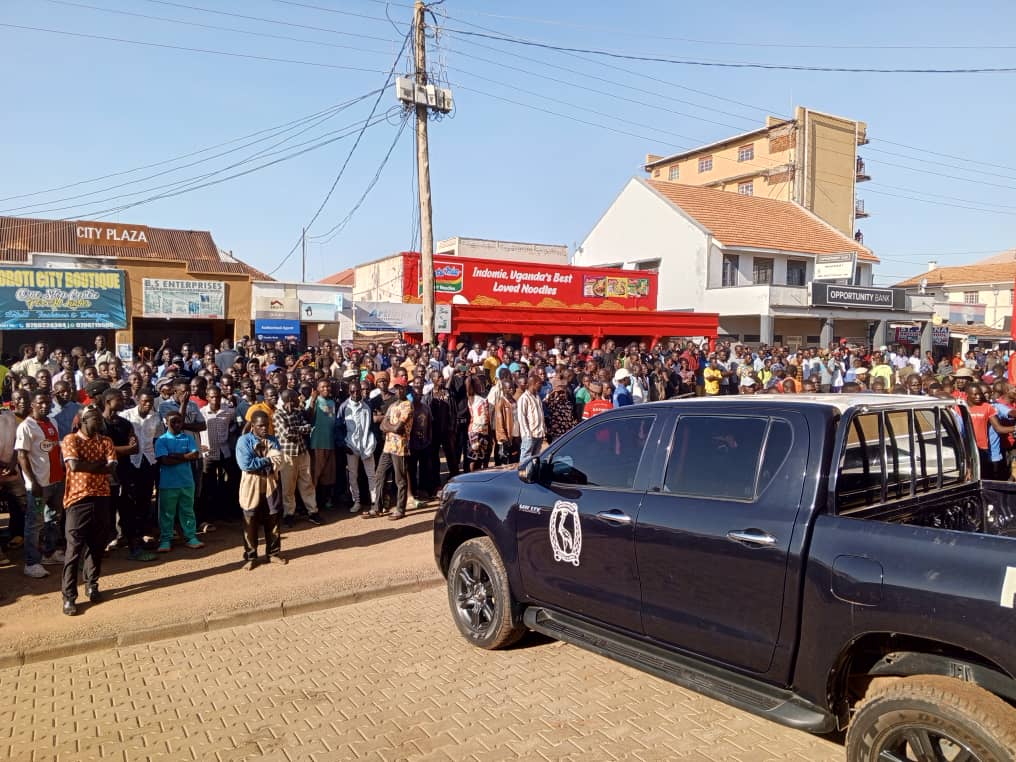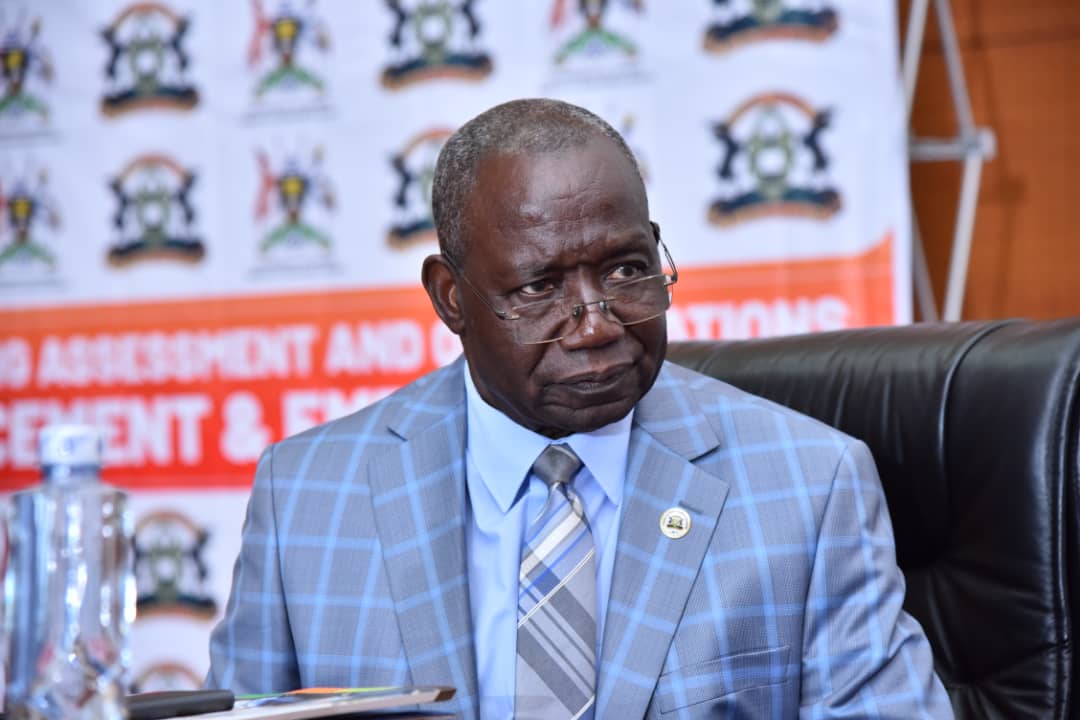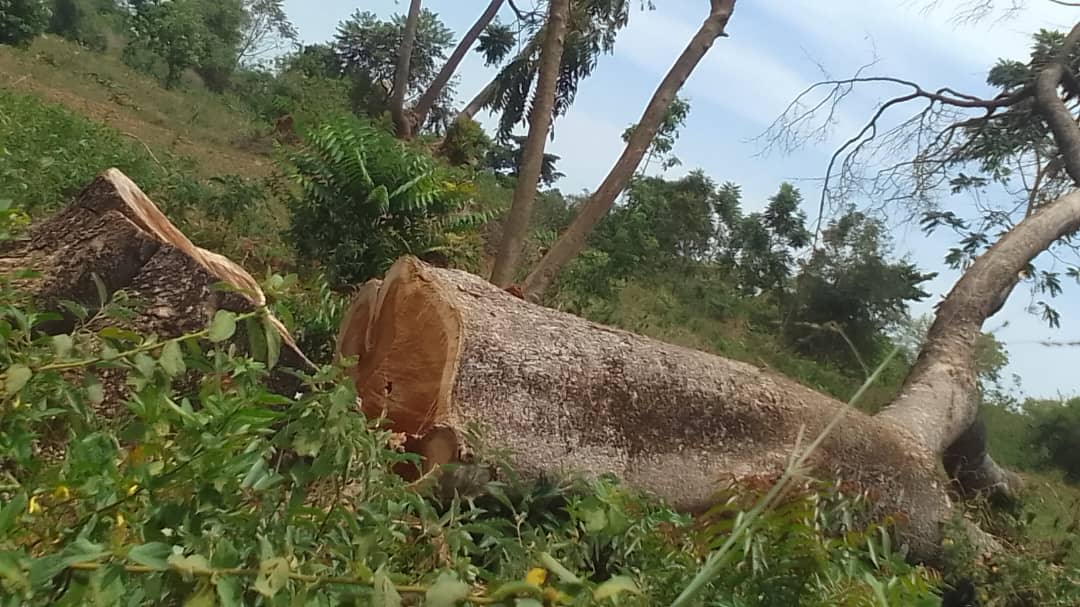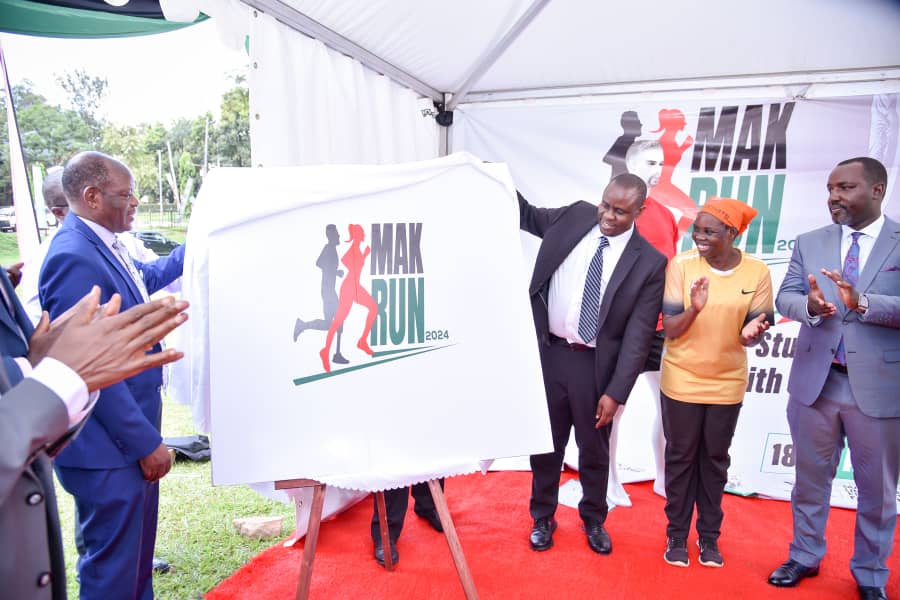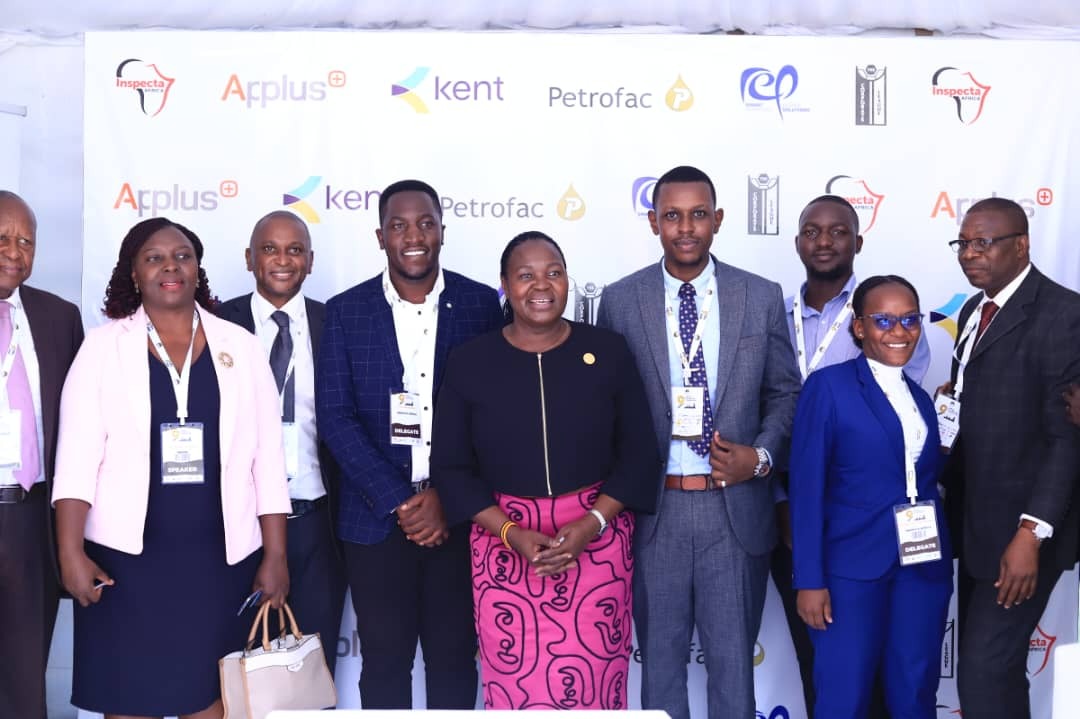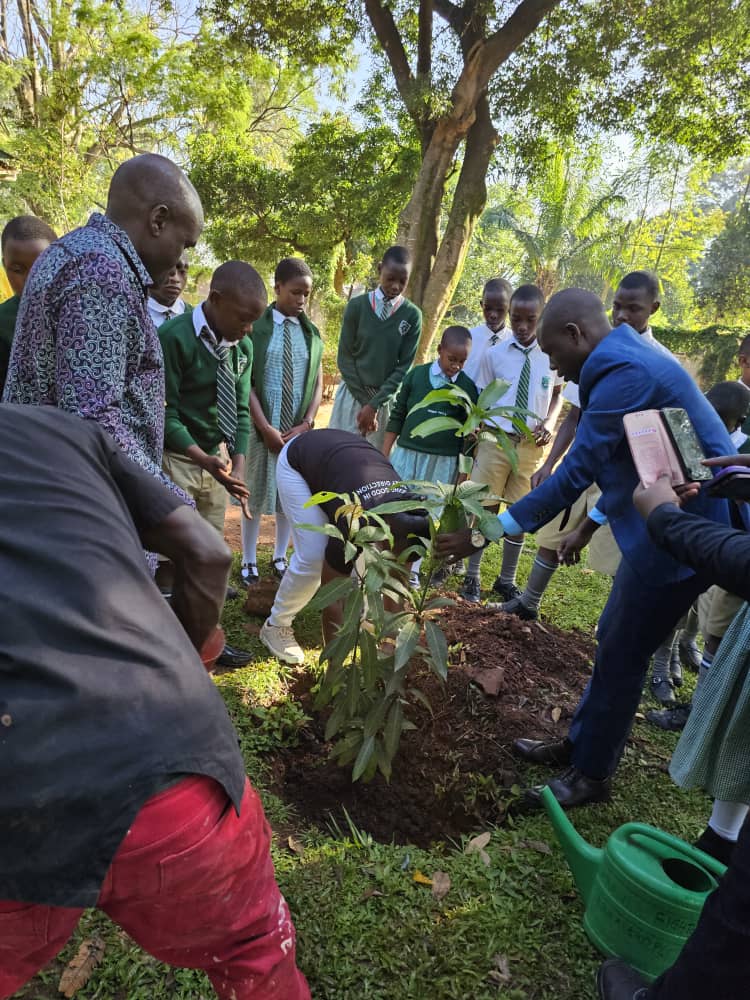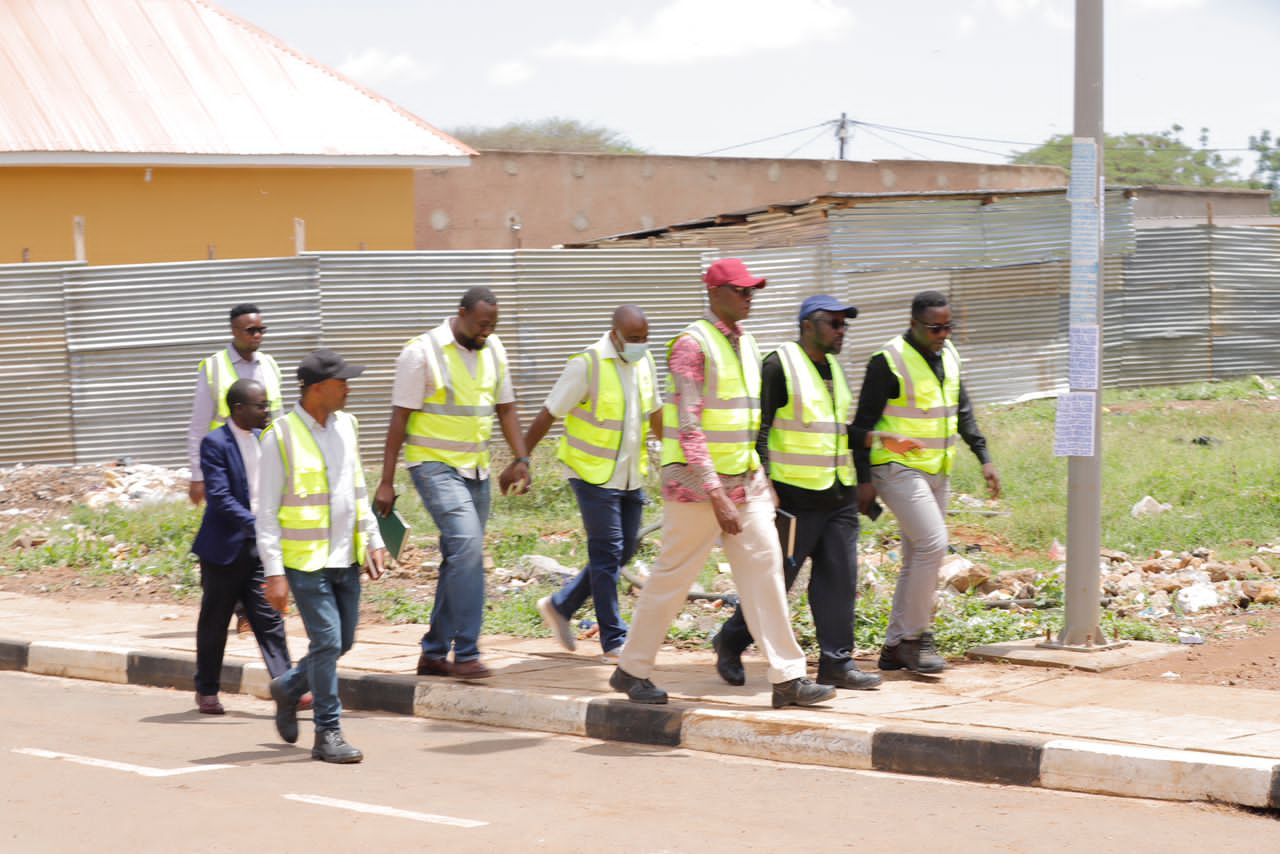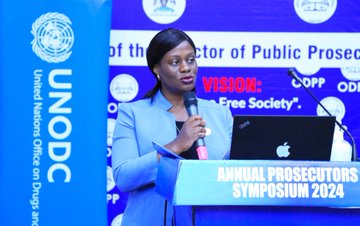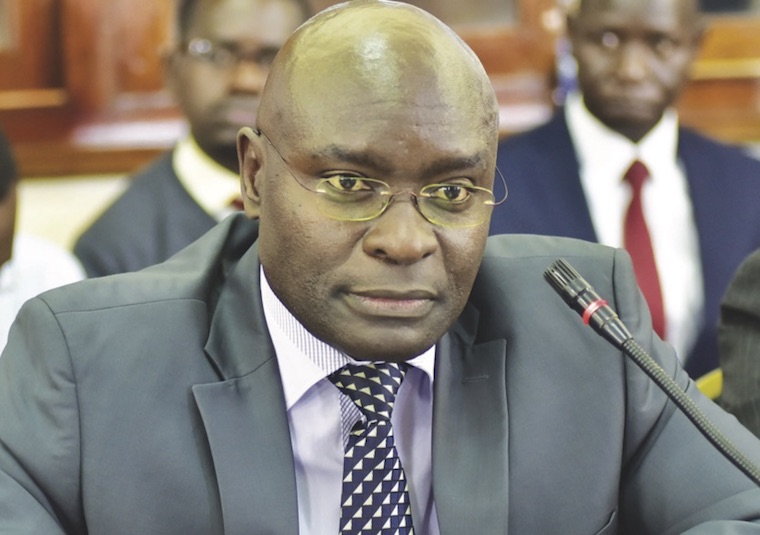Part 1: Uganda's long and winding electricity dream
In the first part of our series on Uganda's dream to generate enough electricity to power its industrialisation drive, Raymond Mujuni looks back at some of the historical factors that led to the building of Nalubaale power dam.
***********
Keep Reading
At the entrance to Uganda’s oldest power dam, the signpost has changed.
Where stood a big blue metal banner engraved with the words ‘ESKOM’, a pylon square now shoots to the sky.
It rudely announces Nalubaale, a 180 Megawatt dam.
The signpost parts the evening sun on one side with the newly constructed Shs 41 billion marvel of a bridge and on the other, the world’s second longest river – The Nile. Inside the dam, security guards robed with deadly AK-47 rifles keep watch.
Their shoes neatly polished for the evening. Each visitor is handed a straw and asked to blow into a breathalyser before being led to a wooden brown floored lobby.
“The queen stood here to launch the dam” a staffer of ESKOM brags.
Inside the dam’s reception lobby are all manner of portraits. A small demonstration of the Kaplan dam also sits comfortable on one corner of the lobby.
It shows the 1950’s technology that was used to build the turbines at the dam.
Eight years before the British administration handed over Uganda to the management of the natives, a neat pack of ten turbines, each churning out 15 MW was put up on the River Nile.
It replaced the Rippon falls that had for years been a tourism marvel. This singular decision introduced the country to it’s first electricity in homes and factories.
Years later, the dam now stood, cracked on the inside, a couple of turbines non-functional but producing at least 109 MW of electricity and selling it at the cheapest rate on the market.
A cent to the dollar compared to 11 cents to the dollar for the neighboring dam, Bujagali. It was singularly responsible for 67% of all electricity consumed on the grid in homes, factories and the late night bars that lit up Jinja town where it was located. Jinja itself, is no small town.
From the 1960’s it controlled nearly 40% of Uganda’s economy. The building of the dam propped up large industry for the town inviting with it the mogul Asian families of Mehta and Madhvani – for sugar and tea respectively.
The Brits too dabbled in the economic rise of the town with the multinational British American Tobacco setting up operations there. Soon, many Ugandans flocked the town for employment.
The natively Busoga land became a national breeding centre.
At the summits of the town, where the hills covered the River Nile as it snaked to Egypt, two prominent boys’ schools – each Christian founded had stationed there from the 1910’s.
Busoga College Mwiri which educated children of the chiefs of Busoga and Kiira College Butiki that educated the private sector’s kids.
When Mehta and Madhvani had minted billions from the town, they too, built the Jinja College to give back to a society of hardworking proletariat.
Asian and British architecture each shaded the homes deeper into the heart of the town but now it had all withered down.
The coats of paint from the 60’s had pickled. The town’s glory was being drubbed through a series of local political jostles.
Not even the schools which produced the country’s first Prime Minister and the reigning one appeared on the log of the country’s 50 best in the results that were released a day before we visited.
Nalubaale, itself was hanging on by the thread.
Down into the powerhouse, a daring crack tore through four of the ten turbine houses.
“I can fit both my palms into some of the cracks” Dr Keefa Kiyingi, the Natural Resources Committee chairperson said in an interview outside the dam. “This is unacceptable, something must be done” he added. His committee had come to the dam on the invite of the dam’s supervisor – The Uganda Electricity Generation Company Limited (UEGCL).
At a briefing in the Source of The Nile Hotel before they went to the dam, the legislators had been prepared to encounter the half-heart performance of ESKOM. The briefing was done by a cocktail of Eskom’s staff members and UEGCL.
The legislators asked questions to their fill, sometimes, grilling the Eskom CEO to give more detail than she was ready to let out.
One incident, at the start of her presentation, a legislator insisted that she re-pronounce her name. “Thozama” – “do you get it”, “Gangi” she spelled out with a frightening clarity in her voice.
Her distinct South African accent punctuated words like ‘reforms’ and ‘investments’ as she spoke.
ESKOM had, in the 15 years it held the concession for the dam, invested $25million.
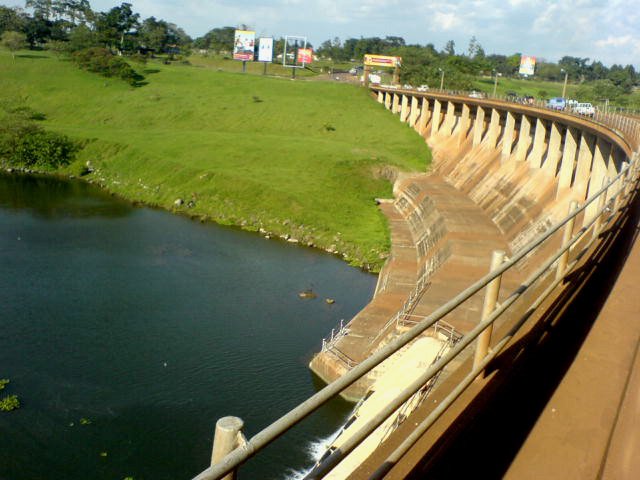 Nalubaale Power dam
Nalubaale Power dam
It had piped up some non-functional turbines, refurbished the floors, reprogrammed new technology and hired and trained multiple staff.
The legislators however felt that wasn’t enough.
Perhaps for good reason. When the dam’s infrastructure started to worry UEGCL, a consultant was hired to assess the lifeline and possibility of prolonging it.
After a daunting task, the consultant declared that the dam had only but 10 years left in it but with some $80million, 20 more years could be added to that lifeline. Could Eskom raise that money?
“It doesn’t make business sense” a legislator who spoke on condition of anonymity told me.
“There are just four years left to the concession and it is not guaranteed they will get another, the mother company is deep in debt and this dam is just years from decommissioning” they reasoned.
Any calculation to save the dam that would involve ESKOM money would have to go straight to South Africa, the continent’s second largest economy.
ESKOM was after all, a state owned multinational.
To demonstrate how serious, the numbers and concern of the concession were to South Africa, the country’s High Commissioner, Lekoa Solly Mollo, was in the room, with a notebook in hand, at the back of the room.
Back home, ESKOM was $29 billion in debt.
It was clutching on the strings for a bailout from government but it was unlikely that government would stomach all their debt.
If they couldn’t, ESKOM Uganda would have hard times justifying an $80million investment into a plant that they had just four years to end a concession of.
In a darkening turn for the company, back home, it had implemented a load-shedding regime to cope with lack of generation capacity and its own internal debt.
But there was another tougher challenge that ESKOM had to mount, UEGCL.


